Category
500W Electric Bikes 750W Electric Bikes A Leader in Dual Battery Battery Battery Range Battery-Powered Bike Riding Beginner E-bike Guide belt drive Bike Maintenance Cargo Electric Bikes chain drive Charge CMB Pro Cruiser Cycling Life Dog E-bike E-Bike Accessories E-Bike Adventures E-bike High Price E-Bike Models E-bike offers E-bike riding tips E-bike Risk E-bike speed safety E-Biking for Fitness E-BIKING Health Advantages E-mountain bikes Ebike 101 Electric bicycle efficiency Electric Bike Riding Tips Electric Bikes Electric Bikes for hunting Electric Biking for Adults Eletric Bike Best Reviews eMTB Every Rider Choice Family ride Fat Tire Electric Bike Folding Fat Tire E-Bike Free Your Knees GEMINI Guides & Tips Heavier Riders Hilly Terrain E-bikes Hunting Hydraulic Brakes on E-Bikes Long-Range E-Bike Long-range e-bikes Meet Our Riders mid motor vs hub motor mid-motor Off-road E-BIKES Pets Reviews SJ26 SN100 Summer Suspension Fork Sustainable urban transport Throttle Electric Bikes Torque sensor UL Certificated E-bike vtuvia VTUVIA e-bike pedals vtuvia news vtuvia priceLastest Blog Post
How to Ride an Electric Bike: A Complete Guide for Beginners
Riding an Electric Bike
Riding an electric bike merges the timeless appeal of cycling with modern technological advances, offering a unique riding experience that is both exhilarating and environmentally friendly. E-bikes' pedal power and electric motor work together to provide a boost that can make difficult routes more accessible and long rides less intimidating. This section will delve into what makes E-bikes a game-changer in personal mobility and recreation, focusing on their design, benefits, and the diverse needs they meet.
Deep Dive into E-bike Mechanics and Selection
Choosing the Right E-bike
Selecting an E-bike that suits your needs is the first step towards a rewarding riding experience. E-bikes come in various styles, including city/urban, mountain, and hybrid models designed for different terrains and usage scenarios. When choosing, consider factors such as the bike's weight, motor type (hub vs. mid-drive), battery range, and additional features like integrated lights and suspension. Understanding these elements ensures you pick an E-bike that aligns with your riding goals and preferences.
Understanding Your E-bike
Once you've chosen your E-bike, familiarizing yourself with its components and functionalities is crucial. The main elements include the motor, battery, display/control unit, and pedal-assist system. Learning how these parts work together will enhance your riding experience and help you utilize your E-bike's capabilities to the fullest.
Motor and Battery
The motor is the heart of your E-bike, providing the power that assists your pedaling. Batteries store the electrical energy needed to drive the motor, with their capacity measured in watt-hours (Wh), directly influencing how far you can ride on a single charge. Regular charging and proper care will ensure your battery maintains its performance over time.
Display/Control Unit
The display/control unit is your interface for managing the E-bike's settings. It allows you to adjust the level of pedal assist, monitor battery life, and, on some models, track speed and distance. Familiarity with this unit is essential for optimizing your ride.
Initial Setup and Customization for Optimal Riding
Adjusting your E-bike for the perfect fit goes beyond basic comfort—it's about enhancing control, efficiency, and safety. We'll discuss how to fine-tune seat height, handlebar position, and suspension settings to match your body type and riding preferences. This section will also cover the initial steps to personalize your E-bike's settings, such as adjusting the pedal-assist level and understanding the different riding modes available, to create a tailored riding experience from the start.
Mastering E-bike Riding Techniques
Starting, Stopping, and Speed Management
Riding an electric bike involves mastering the art of smooth starts and stops, a skill that's particularly important given the additional power at your disposal. We will provide step-by-step instructions on how to leverage the electric assist when starting, ensuring you can get moving with ease and confidence. Similarly, understanding how to modulate your speed with both pedal input and brake usage is crucial for safe urban riding and navigating in traffic.
Preparing for Your First Ride
Before embarking on your first journey, conduct a pre-ride checklist to ensure your E-bike is safe and ready to go. This includes checking tire pressure, testing the brakes, ensuring the battery is charged, and adjusting the seat and handlebars for comfort. Wearing appropriate safety gear, such as a helmet, is also non-negotiable, regardless of your destination.
Riding Techniques for Beginners
Starting Off
Begin with a low or moderate pedal-assist setting to get a feel for the bike's acceleration. Practice starting and stopping in a safe area until you are comfortable with how your E-bike responds. Remember, the motor will assist you as soon as you start pedaling, so be prepared for the initial boost.
Balancing and Steering
E-bikes are heavier than traditional bicycles, which can affect handling and balance. Spend time practicing turns and maneuvers in a safe, traffic-free area. As you gain confidence, gradually increase the pedal assist to experience different levels of power.
Shifting Gears
Like traditional bikes, many E-bikes feature gears that you will need to shift to adapt to different terrains. Learning to shift smoothly while balancing the pedal-assist level will improve your ride's efficiency and enjoyment.
Advanced Navigation and Handling
Tackling diverse terrains requires a deeper understanding of how to control your E-bike. This includes learning how to use the bike’s weight distribution to your advantage, mastering sharp turns, and handling steep descents safely. Techniques for efficient battery use during long rides and strategies for riding in adverse weather conditions will also be covered, ensuring riders are prepared for any situation.
Comprehensive Safety Measures and Riding Etiquette
Safety on an E-bike extends beyond wearing a helmet. This section emphasizes the importance of being visible, predictable, and aware of your surroundings. We will offer advice on the latest safety gear innovations, such as integrated bike lights, reflective materials, and smart helmets. Additionally, understanding the nuances of E-bike riding etiquette, especially in shared spaces and on multi-use paths, is vital for fostering a respectful and safe cycling environment.
E-bike Maintenance and Care for Longevity
Maintaining an electric bike involves routine checks and care specific to its electronic components. Detailed guidance on battery care, including charging practices and storage, motor maintenance, and troubleshooting common electrical issues, will be provided. Regular maintenance tasks, such as chain lubrication, tire pressure checks, and brake adjustments, are also essential for keeping your E-bike in top riding condition.
Embracing the Full Spectrum of Riding an Electric Bike
Riding an electric bike offers a transformative experience that combines the joy of cycling with the benefits of electric propulsion. By understanding the mechanics, mastering the riding techniques, and adhering to safety practices, riders can fully embrace the advantages of E-biking. Whether for commuting, exploring, or simply enjoying the outdoors, an E-bike presents an opportunity to ride further, climb easier, and explore more while minimizing your environmental impact. As the E-bike community grows, riders are encouraged to share their experiences, learn from each other, and contribute to the evolving culture of cycling.
Join the VTUVIA Adventure
Choosing a VTUVIA electric bike means joining a community of riders who value innovation, performance, and sustainability. VTUVIA is not just about riding an electric bike; it is about embracing a lifestyle that opens up new possibilities for adventure, exploration, and connection. Whether you are commuting, adventuring, or simply enjoying the ride, a VTUVIA Ebike is your gateway to a more exciting, efficient, and eco-friendly way of life.


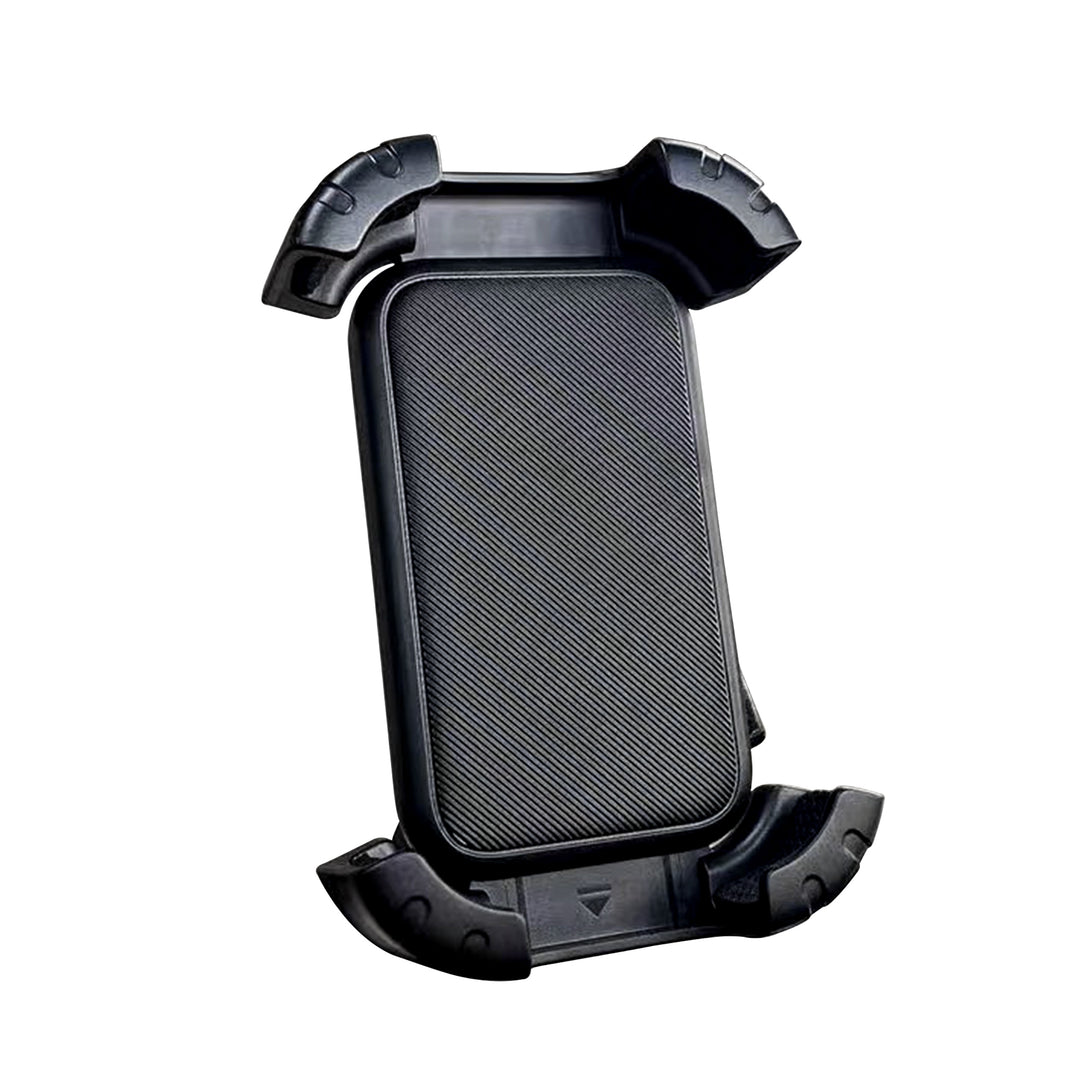

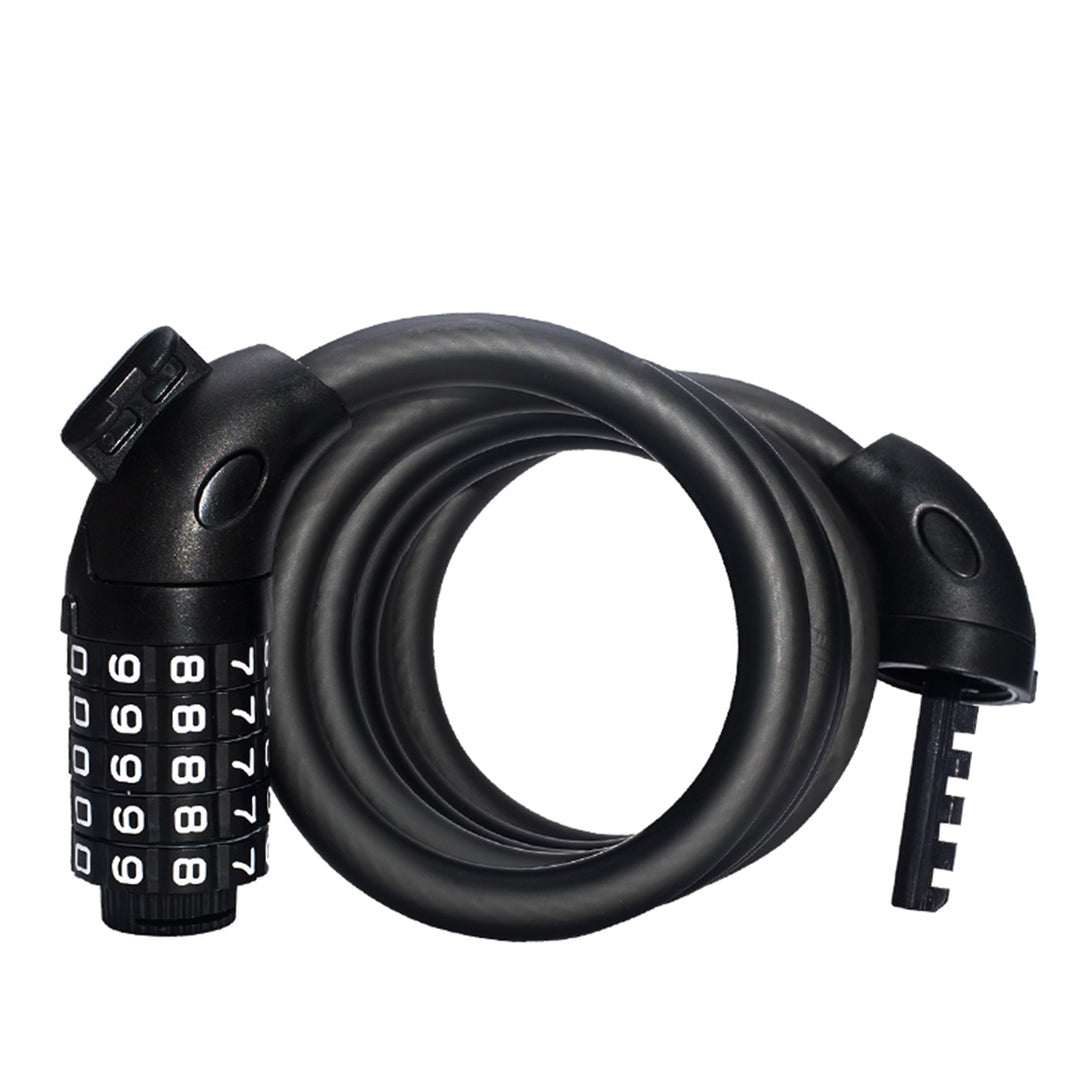

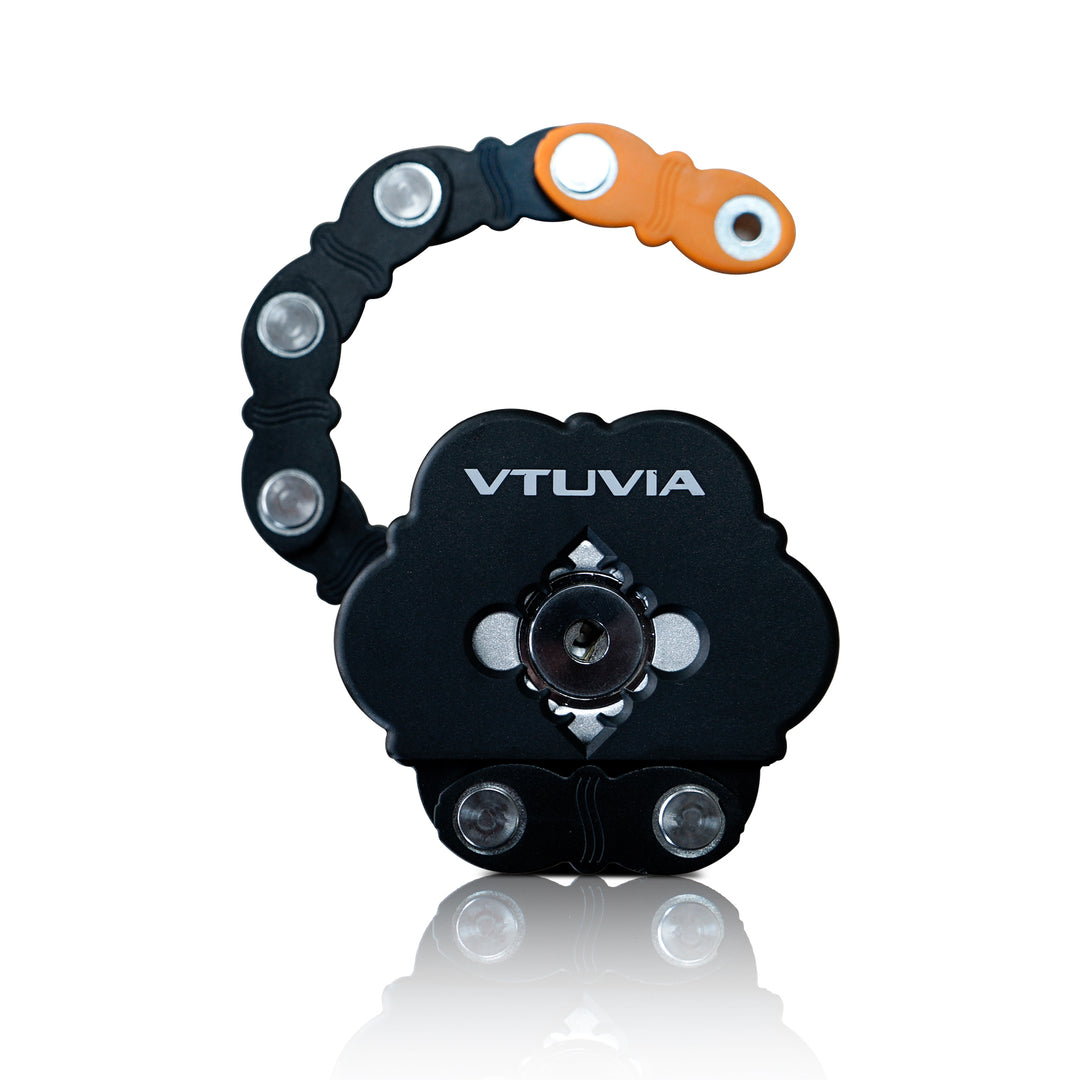

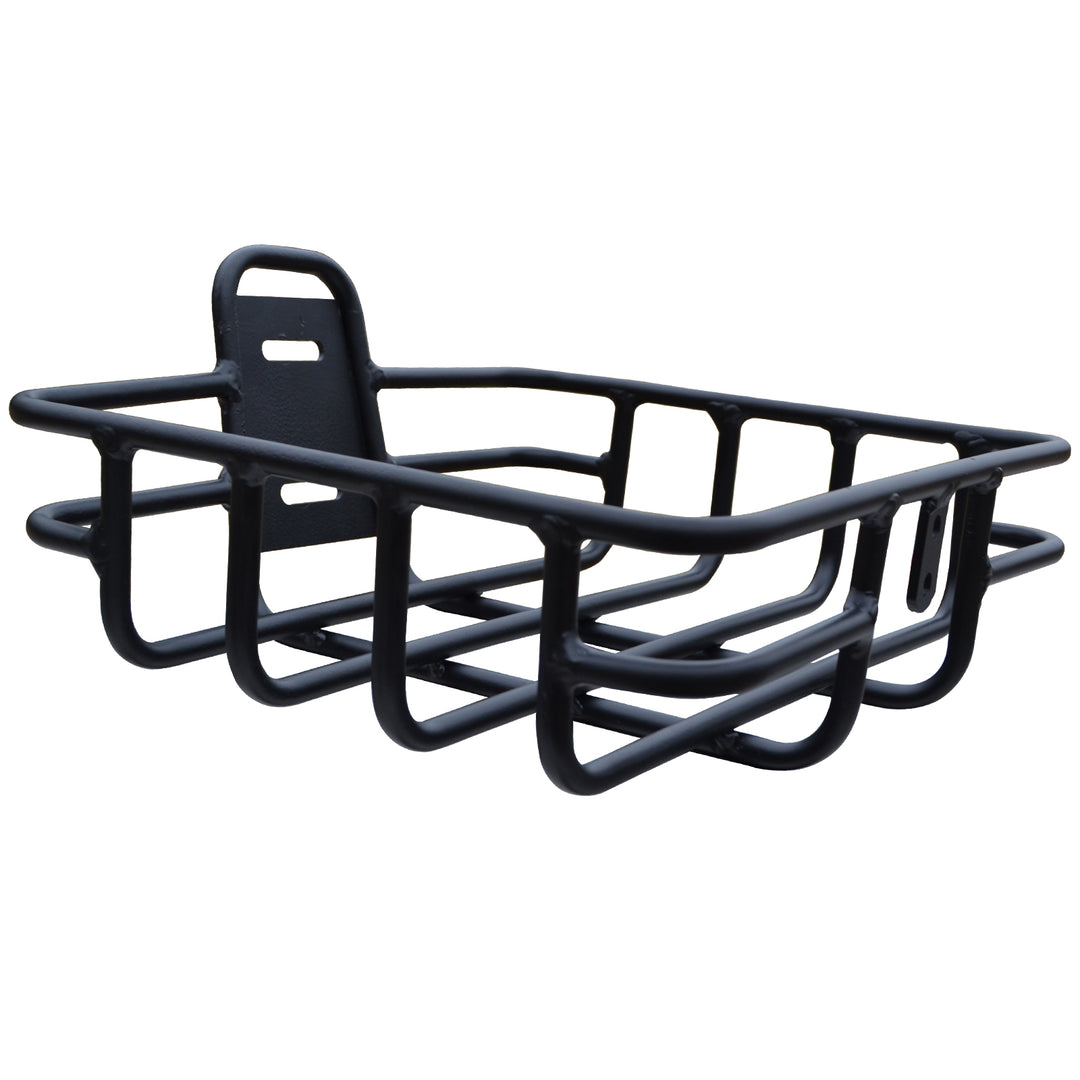

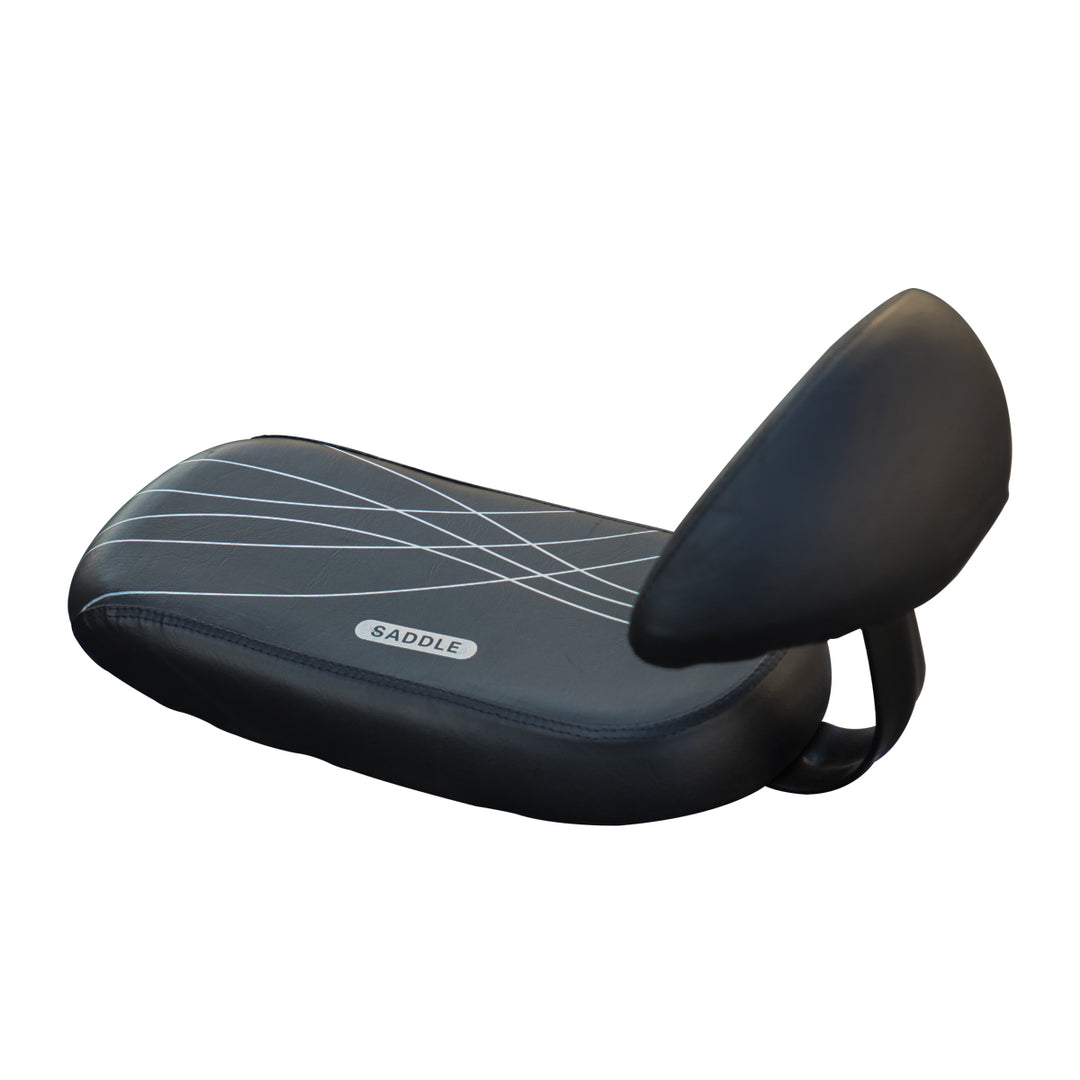

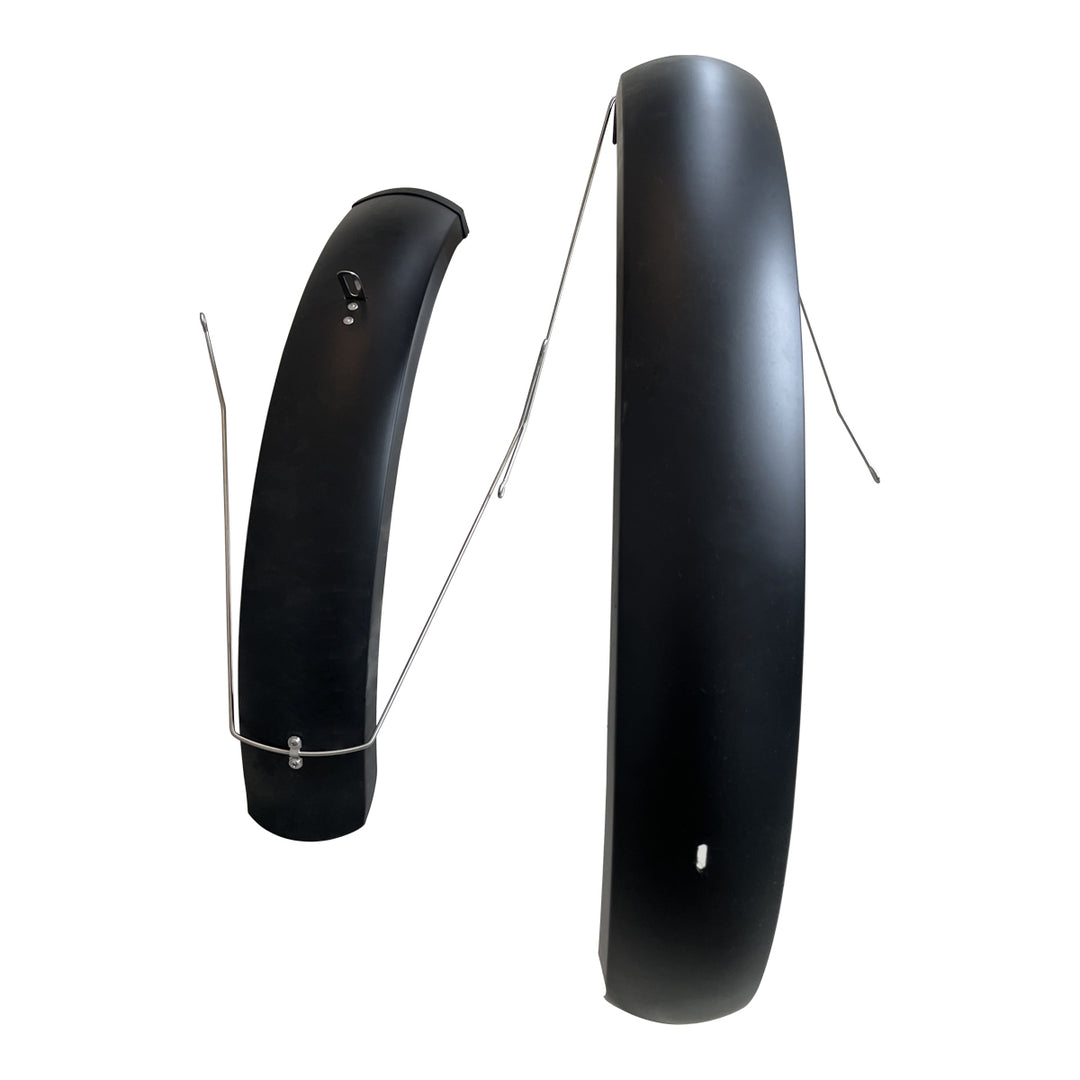

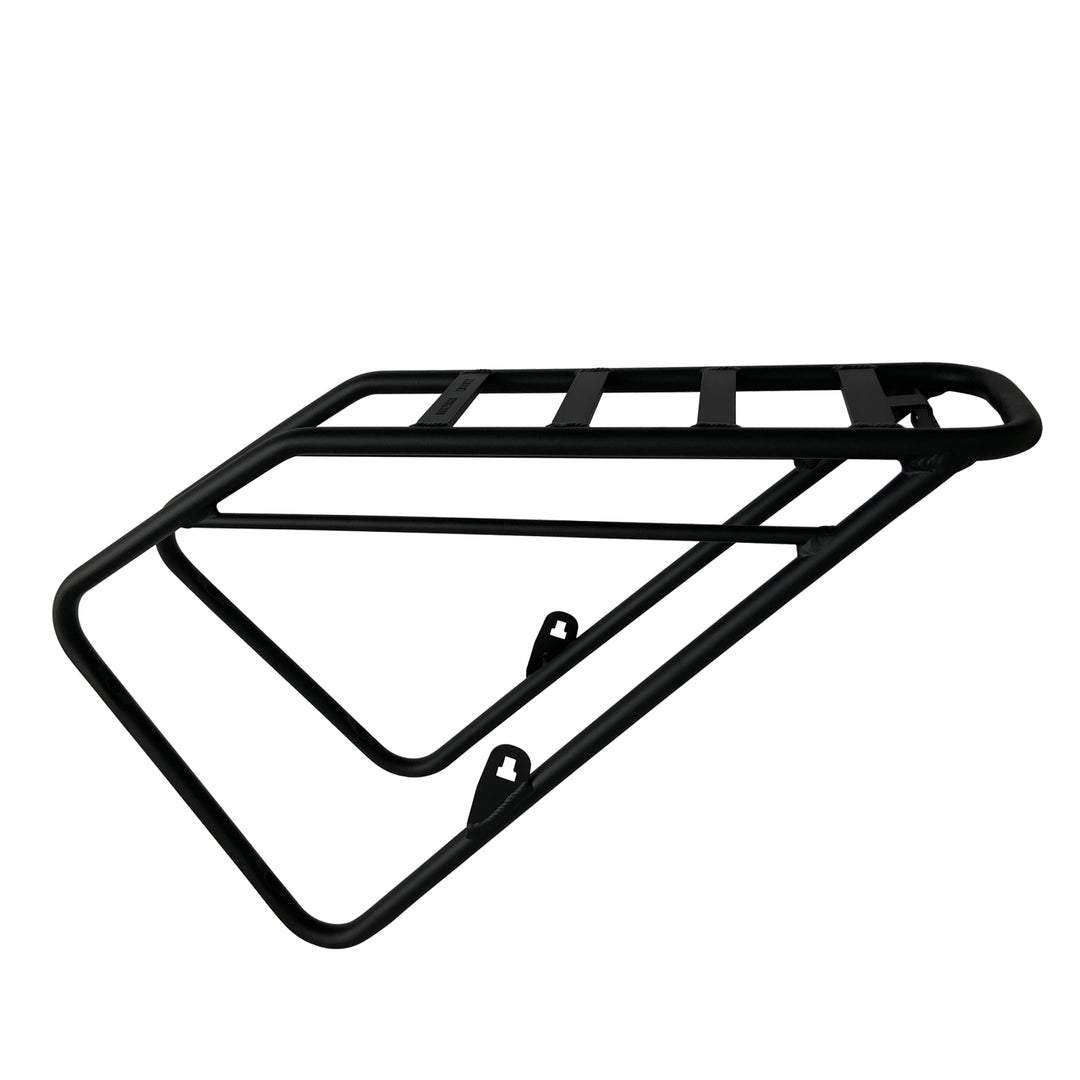










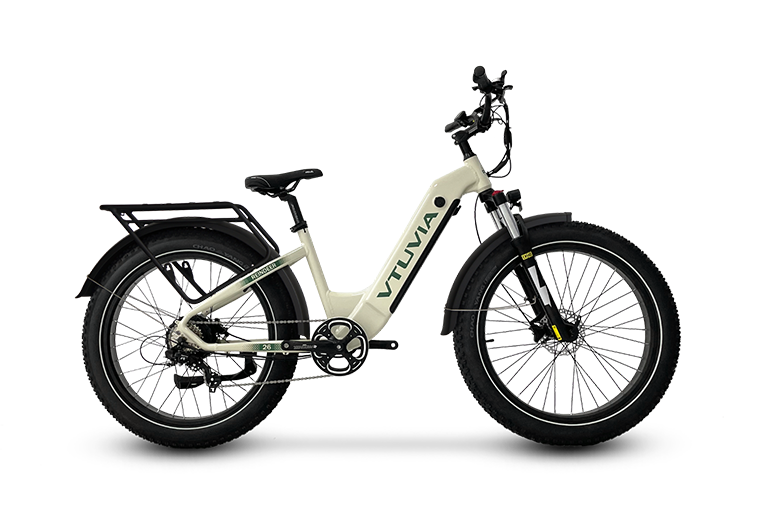







 Mid-Drive Electric Bikes
Mid-Drive Electric Bikes
 City & Commuter Ebikes
City & Commuter Ebikes
 Off-Road & Fat Tire
Off-Road & Fat Tire
 Folding Electric Bikes
Folding Electric Bikes
 Step-Through E-Bikes
Step-Through E-Bikes
 Super Power
Super Power
 High-Step Electric Bikes
High-Step Electric Bikes
 CMB PRO 10-Speed E-bike
CMB PRO 10-Speed E-bike
 SF20H Step-Thru Folding Fat Tire E-Bike
SF20H Step-Thru Folding Fat Tire E-Bike
 SX20 Antelope Step-Thru Folding E-Bike
SX20 Antelope Step-Thru Folding E-Bike
 Giraffe Commuter Electric Bike
Giraffe Commuter Electric Bike
 Reindeer 26 Inch Step-Thru Fat Tire E-Bike
Reindeer 26 Inch Step-Thru Fat Tire E-Bike
 SN100 26 Inch Hunting Fat Tire E-Bike
SN100 26 Inch Hunting Fat Tire E-Bike
 VTUVIA Handlebar Grip Mirror
VTUVIA Handlebar Grip Mirror
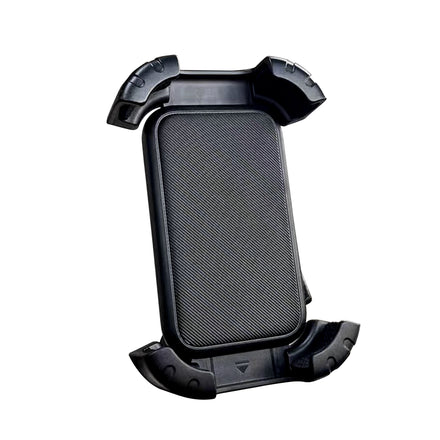 Bike Phone Mount
Bike Phone Mount
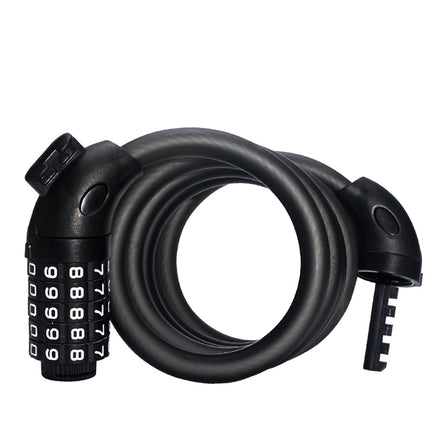 Bicycle Cable Lock
Bicycle Cable Lock
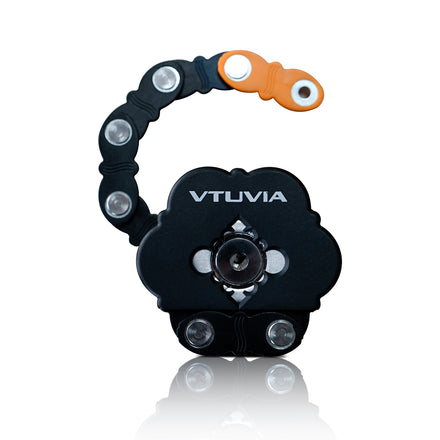 VTUVIA E-Bike Chain Lock
VTUVIA E-Bike Chain Lock
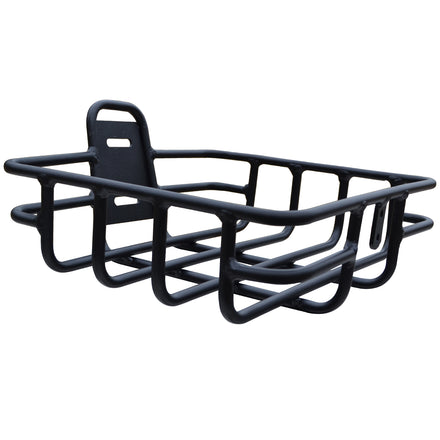 VTUVIA Front Basket
VTUVIA Front Basket
 Rear Seat Saddle
Rear Seat Saddle
 VTUVIA E-Bike Fenders
VTUVIA E-Bike Fenders
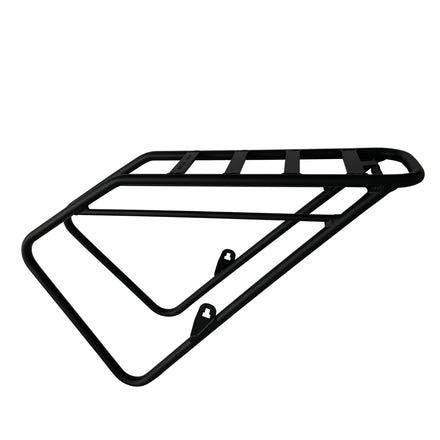 VTUVIA E-Bike Rear Rack
VTUVIA E-Bike Rear Rack
 ABUS HUD-Y
ABUS HUD-Y
 ABUS HYBAN 2.0 LED
ABUS HYBAN 2.0 LED
 ABUS HYBAN 2.0 MIPS
ABUS HYBAN 2.0 MIPS
 ABUS MOVENTOR 2.0 MIPS
ABUS MOVENTOR 2.0 MIPS
 ABUS PEDELEC 2.0 MIPS - NTA 8766 Certified
ABUS PEDELEC 2.0 MIPS - NTA 8766 Certified
 ABUS SCRAPER 3.0
ABUS SCRAPER 3.0
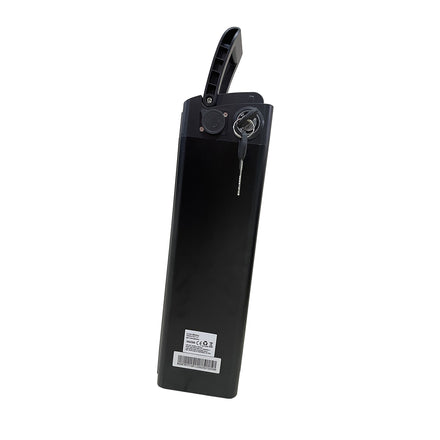 VTUVIA SF20 48V 13AH/UL-14AH Battery
VTUVIA SF20 48V 13AH/UL-14AH Battery
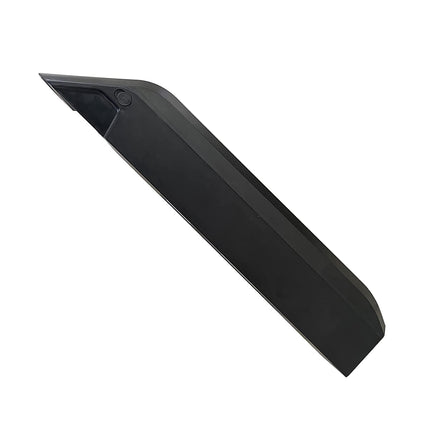 VTUVIA SN100/SJ26 48V 13/15AH Battery
VTUVIA SN100/SJ26 48V 13/15AH Battery
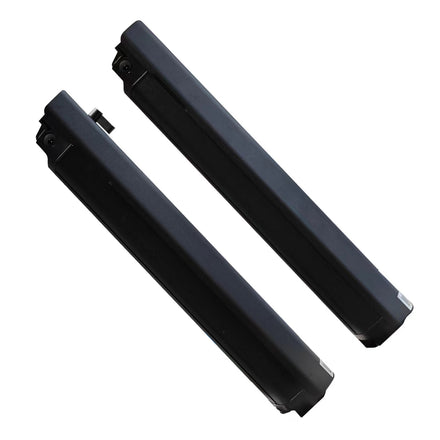 VTUVIA Gemini Battery
VTUVIA Gemini Battery
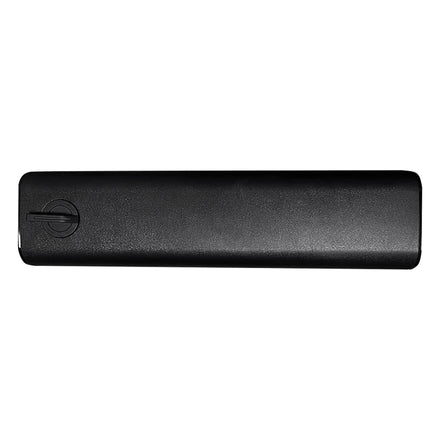 VTUVIA SX20/Reindeer/FMB 48V 14/15AH Battery
VTUVIA SX20/Reindeer/FMB 48V 14/15AH Battery
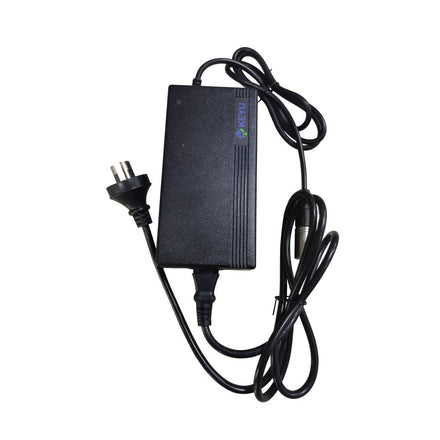 VTUVIA E-Bike 48V 2Ah Chargers
VTUVIA E-Bike 48V 2Ah Chargers
 VTUVIA E-Bike 48V 3Ah Chargers
VTUVIA E-Bike 48V 3Ah Chargers
 VTUVIA E-Bike Controllers
VTUVIA E-Bike Controllers
 Quick Release
Quick Release
 VTUVIA E-Bike Cadence Sensor
VTUVIA E-Bike Cadence Sensor
 VTUVIA E-Bike Replacement Key
VTUVIA E-Bike Replacement Key
 VTUVIA SF20 Half-twist Throttle
VTUVIA SF20 Half-twist Throttle
 VTUVIA Rear Light Bike Taillight
VTUVIA Rear Light Bike Taillight
 VTUVIA Crankset
VTUVIA Crankset
 VTUVIA SF20 Power-off Brake Handle
VTUVIA SF20 Power-off Brake Handle
 ABUS 8808C/110-8mm Square BK (3.7') (61494)
ABUS 8808C/110-8mm Square BK (3.7') (61494)
 ABUS TRESOR Combo Coil 6512C/180/12 BK SCMU (5.9') (13414)
ABUS TRESOR Combo Coil 6512C/180/12 BK SCMU (5.9') (13414)
 ABUS TRESOR 1385/85-7MM Square BK (2.8') (48566)
ABUS TRESOR 1385/85-7MM Square BK (2.8') (48566)
 ABUS STEEL-O-CHAIN 9808K/140-8MM Square BK (4.6') (95565)
ABUS STEEL-O-CHAIN 9808K/140-8MM Square BK (4.6') (95565)
 ABUS STEEL-O-CHAIN 9809K/170-9MM Square BK (5.6') (95551)
ABUS STEEL-O-CHAIN 9809K/170-9MM Square BK (5.6') (95551)
 ABUS STEEL-O-CHAIN 9809K/85-9MM Square BK (3.7') (95548)
ABUS STEEL-O-CHAIN 9809K/85-9MM Square BK (3.7') (95548)
 VTUVIA SF20/SF20H Seat Tube Replacement
VTUVIA SF20/SF20H Seat Tube Replacement
 VTUVIA SN100/SJ26 Seat Tube Replacement
VTUVIA SN100/SJ26 Seat Tube Replacement
 VTUVIA SX20 Seat Tube Replacement
VTUVIA SX20 Seat Tube Replacement
 VTUVIA Waterproof Integrated line
VTUVIA Waterproof Integrated line
 VTUVIA Thumb throttle Replacement
VTUVIA Thumb throttle Replacement














Leave a comment